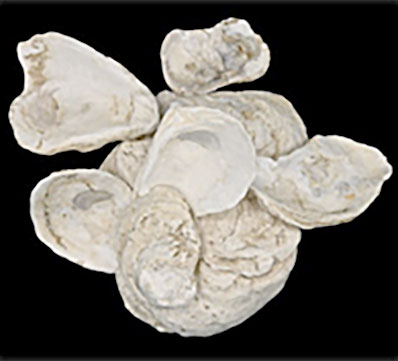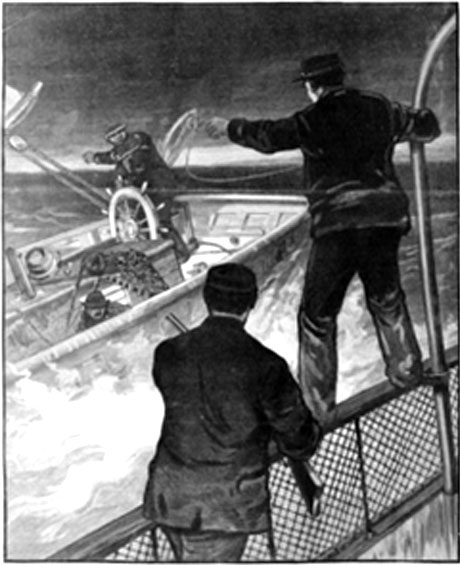Heather Hembrey, M.A., M.A.A.
 Oysters have been a part of North American food traditions for thousands of years. On Thanksgiving Day, many of us enjoy oyster dressing as part of our meal. Oysters on the half shell, Oysters Rockefeller, oyster stew, fried oysters, middens, mortar, pirates. What do middens, mortar and pirates have to do with oysters?
Oysters have been a part of North American food traditions for thousands of years. On Thanksgiving Day, many of us enjoy oyster dressing as part of our meal. Oysters on the half shell, Oysters Rockefeller, oyster stew, fried oysters, middens, mortar, pirates. What do middens, mortar and pirates have to do with oysters?
Fairfax County’s First People harvested oysters along the Potomac River’s west bank as early as 4,000 years ago. Oysters were an ample food source for these people who settled in seasonal camps. The Doeg people established permanent settlements along the Potomac and Occoquan Rivers by 1607 when they encountered the first English explorers. They harvested oysters by scooping them into baskets at low tide or by diving. Doeg and people before them discarded oyster shells and other refuse in shell mounds. These mounds, or middens, can contain thousands of shells and are rich sources of information for archaeologists in Fairfax County and elsewhere.
Oyster shells were not always thrown away. George Washington had much difficulty obtaining oyster shells from which lime was made as a component of mortar. On 28 February 1785, he wrote Henry Knox:
I use a great deal of lime every year, made of the Oyster shells, which, before they are burnt, cost me 25 a 30/ pr hundred Bushels; but it is of mean quality, which makes me desirous of trying Stone lime. (The Papers of George Washington Digital Edition. Charlottesville: University of Virginia Press, Rotunda, 2008.)
 80 years later, humble oysters spurred the Oyster Wars between Virginia and Maryland. Oysters had become a favorite food for people across the United States and abroad. Chesapeake Bay and Potomac River oysters were deemed the finest in the world. By 1865, canning and railroads brought oysters to inland states, sharply increasing demand and decreasing oyster populations. Maryland and Virginia watermen who ignored laws protecting oyster beds poached the mollusks at night. These oyster pirates’ clashes with authorities sometimes led to gunfire. When New England watermen used dredgers to harvest Chesapeake oysters, tensions sharply increased. In 1868, Maryland created the armed Oyster Navy to catch pirates. In February 1882 Virginia’s Governor launched his own fleet, leading to 71 arrests. Pirates harvested Chesapeake Bay oysters until April 1959, when an officer killed a Virginia man who was illegally dredging, thus ending the Oyster Wars.
80 years later, humble oysters spurred the Oyster Wars between Virginia and Maryland. Oysters had become a favorite food for people across the United States and abroad. Chesapeake Bay and Potomac River oysters were deemed the finest in the world. By 1865, canning and railroads brought oysters to inland states, sharply increasing demand and decreasing oyster populations. Maryland and Virginia watermen who ignored laws protecting oyster beds poached the mollusks at night. These oyster pirates’ clashes with authorities sometimes led to gunfire. When New England watermen used dredgers to harvest Chesapeake oysters, tensions sharply increased. In 1868, Maryland created the armed Oyster Navy to catch pirates. In February 1882 Virginia’s Governor launched his own fleet, leading to 71 arrests. Pirates harvested Chesapeake Bay oysters until April 1959, when an officer killed a Virginia man who was illegally dredging, thus ending the Oyster Wars.
Image caption: Maryland--The oyster war--A state police steamer overhauling a pirate boat on Chesapeake Bay, off Swan's Point, from a sketch by Frank Adams. Frank Leslie's illustrated newspaper, Jan. 7, 1888. Library of Congress, public domain.

